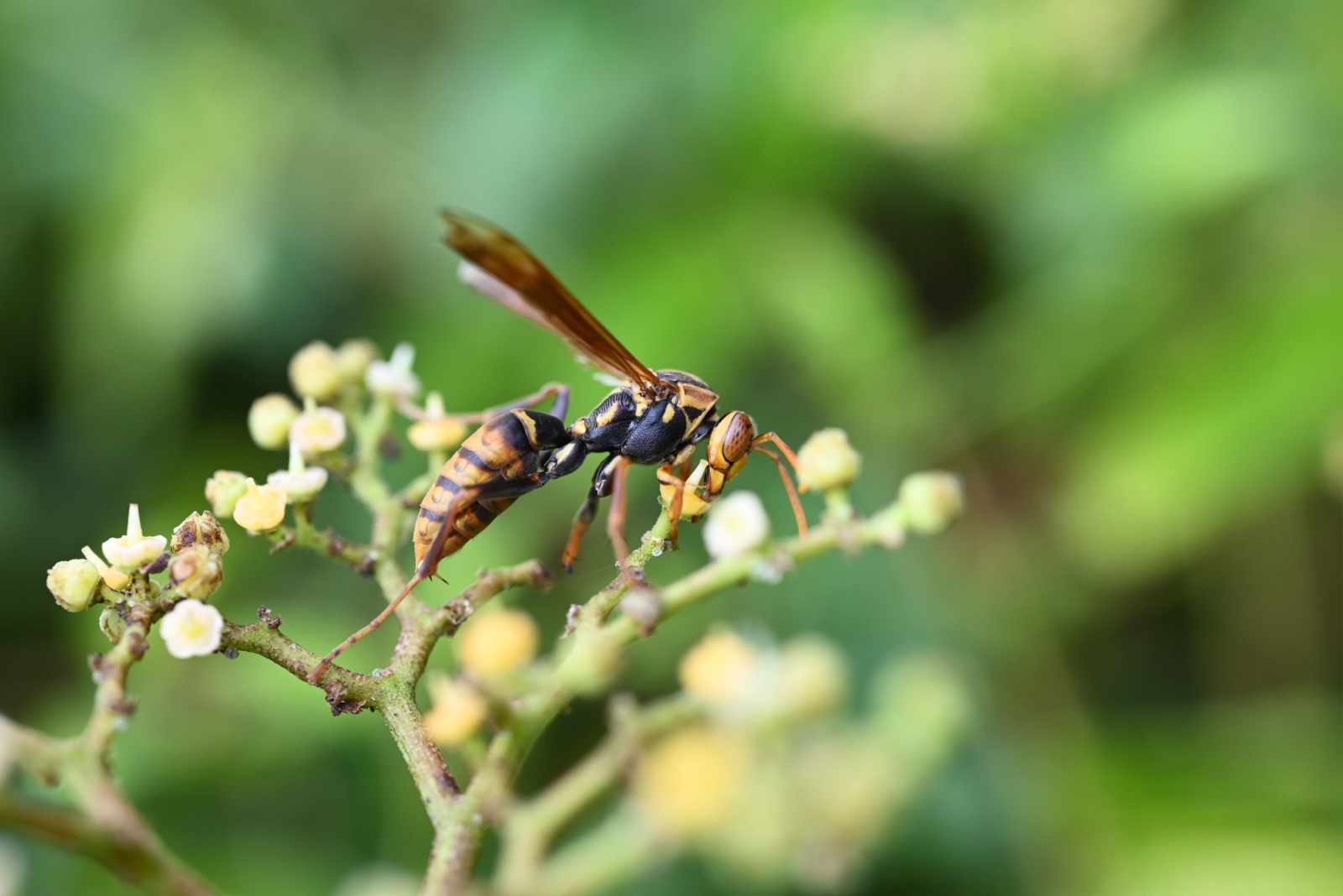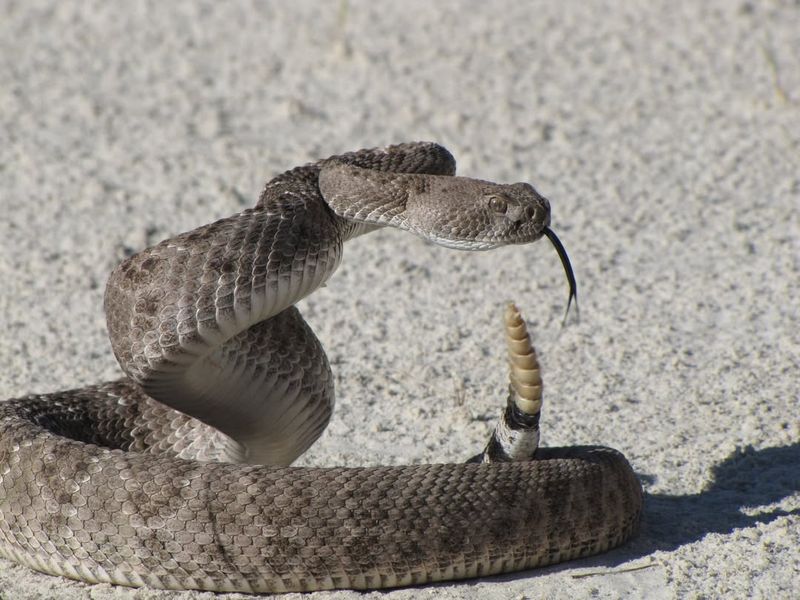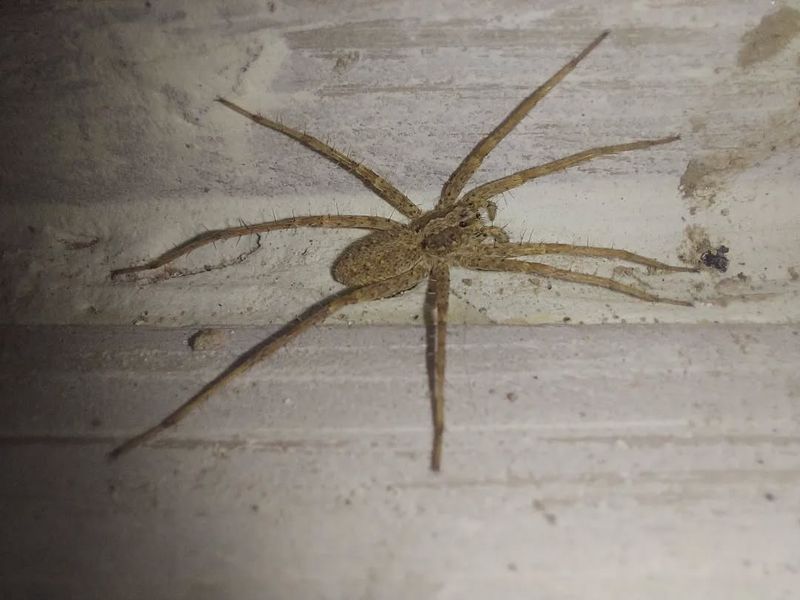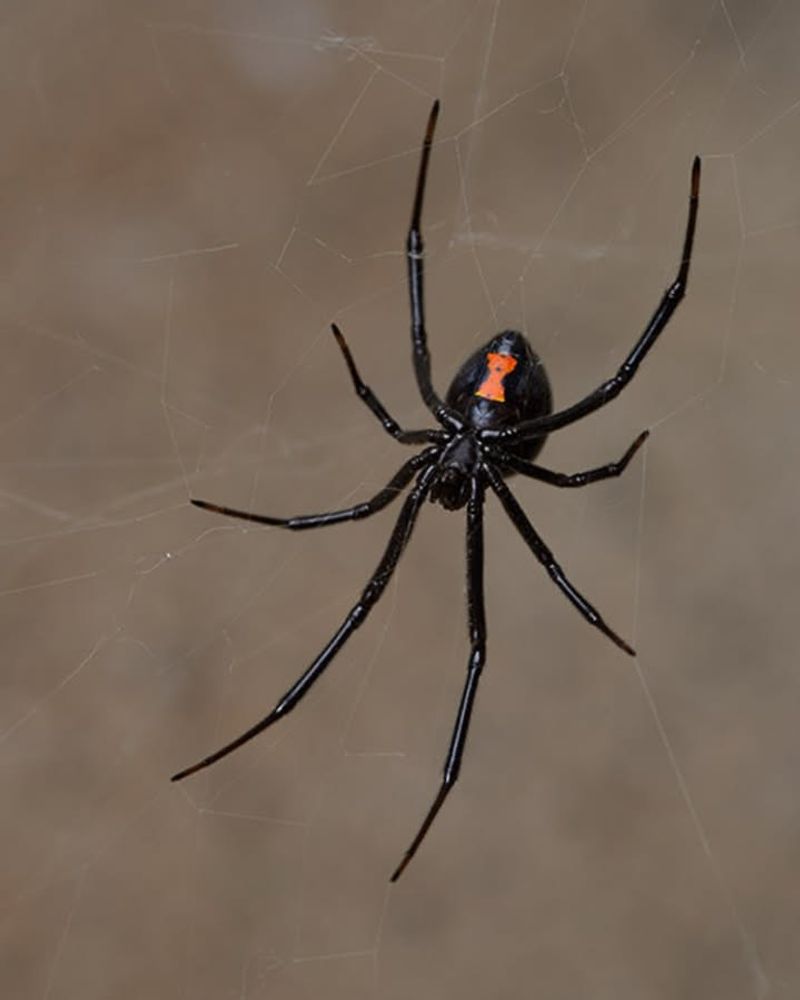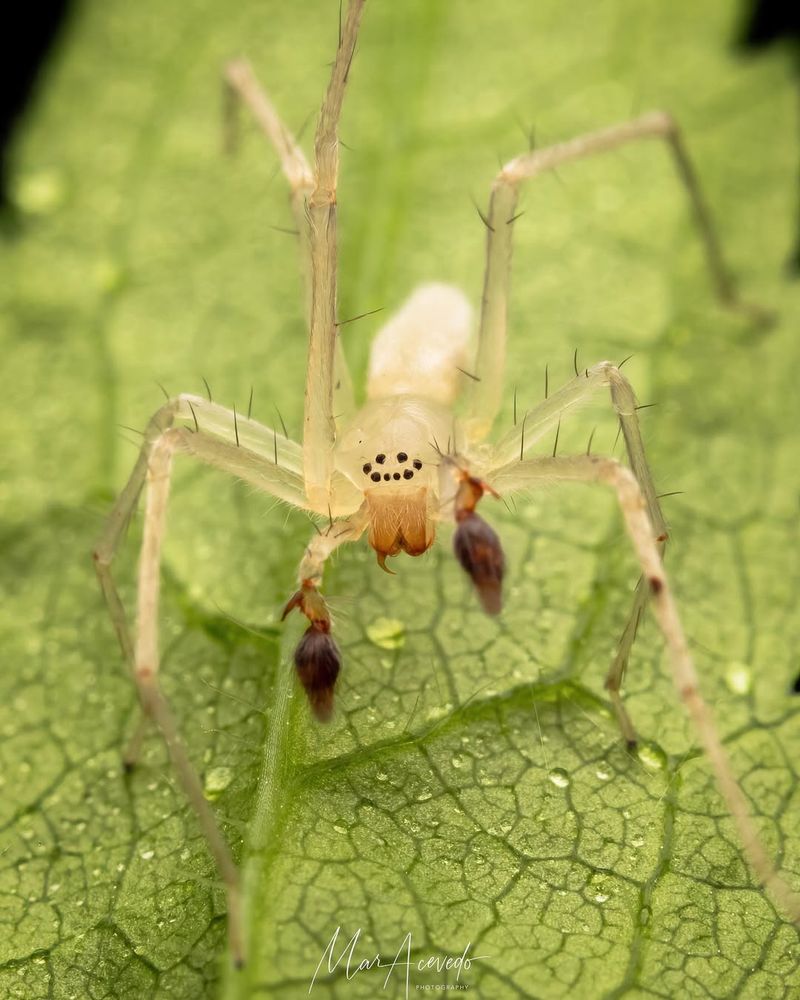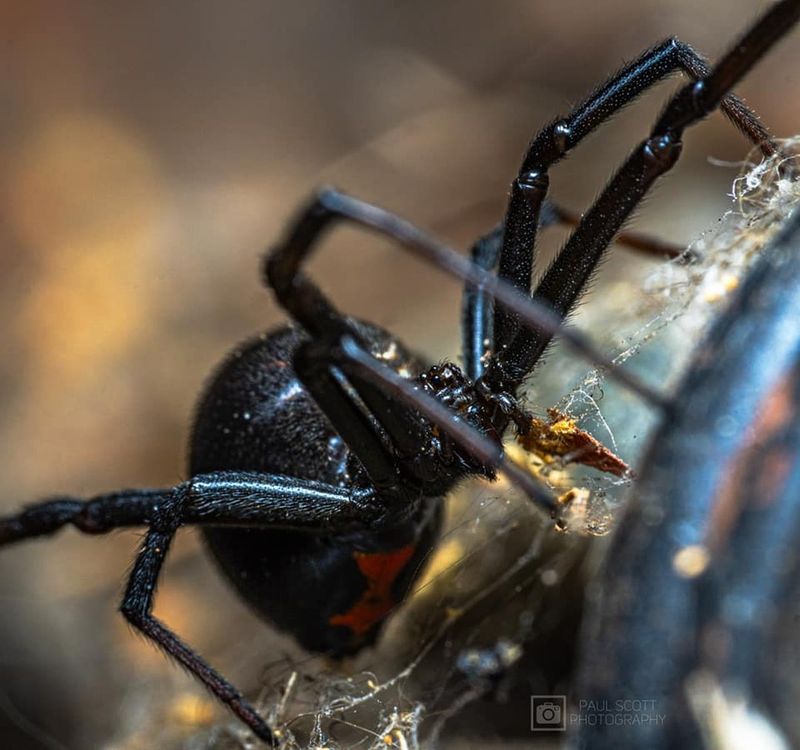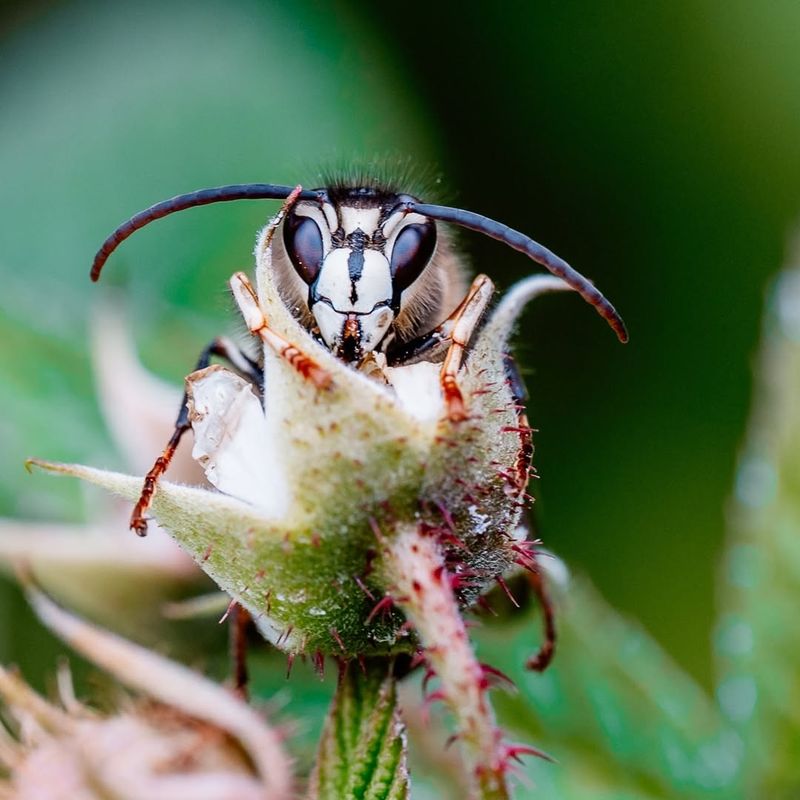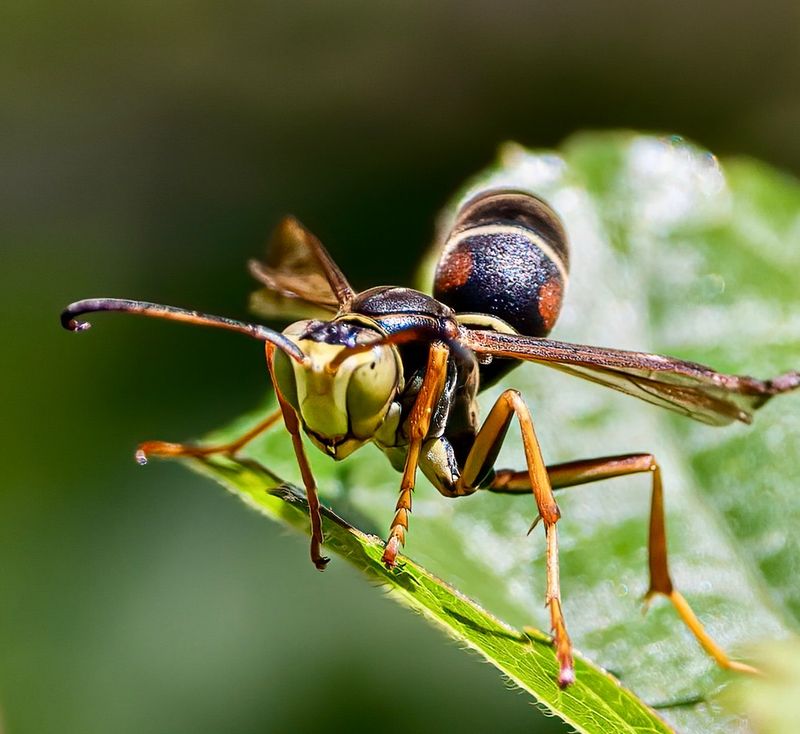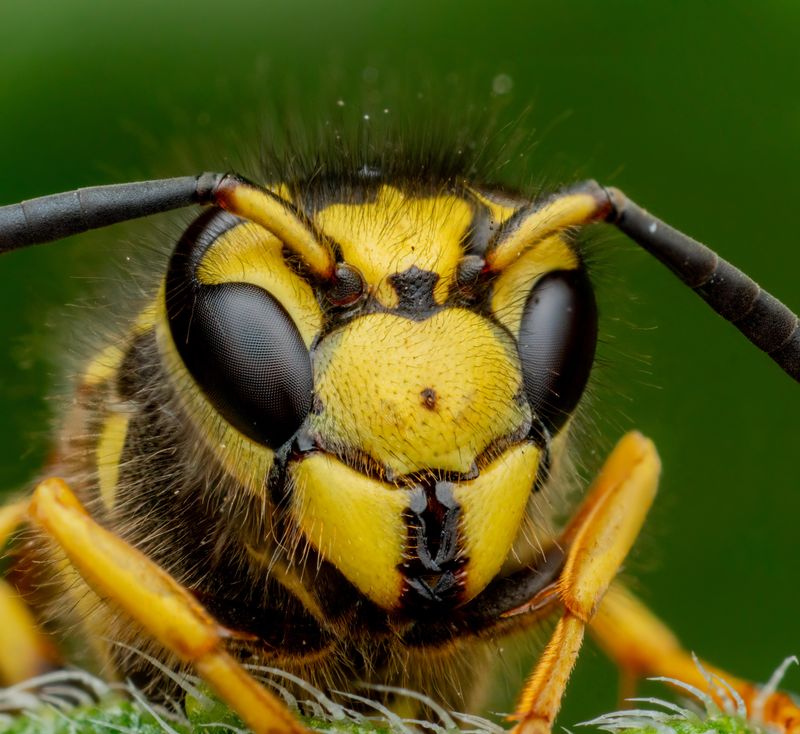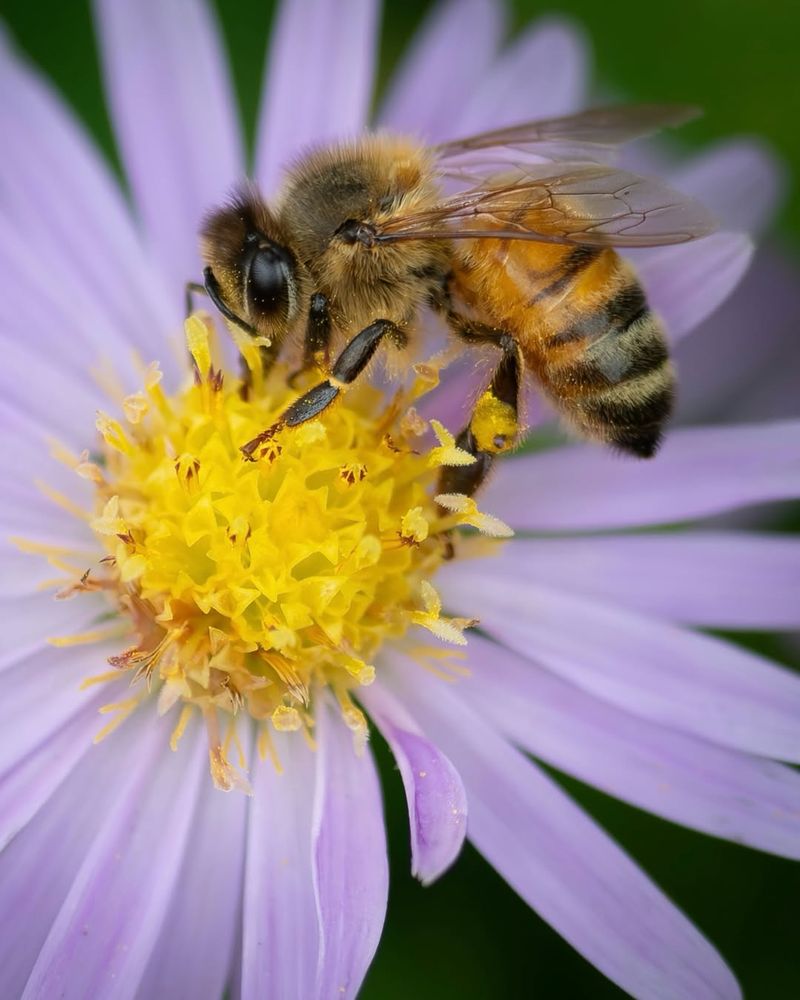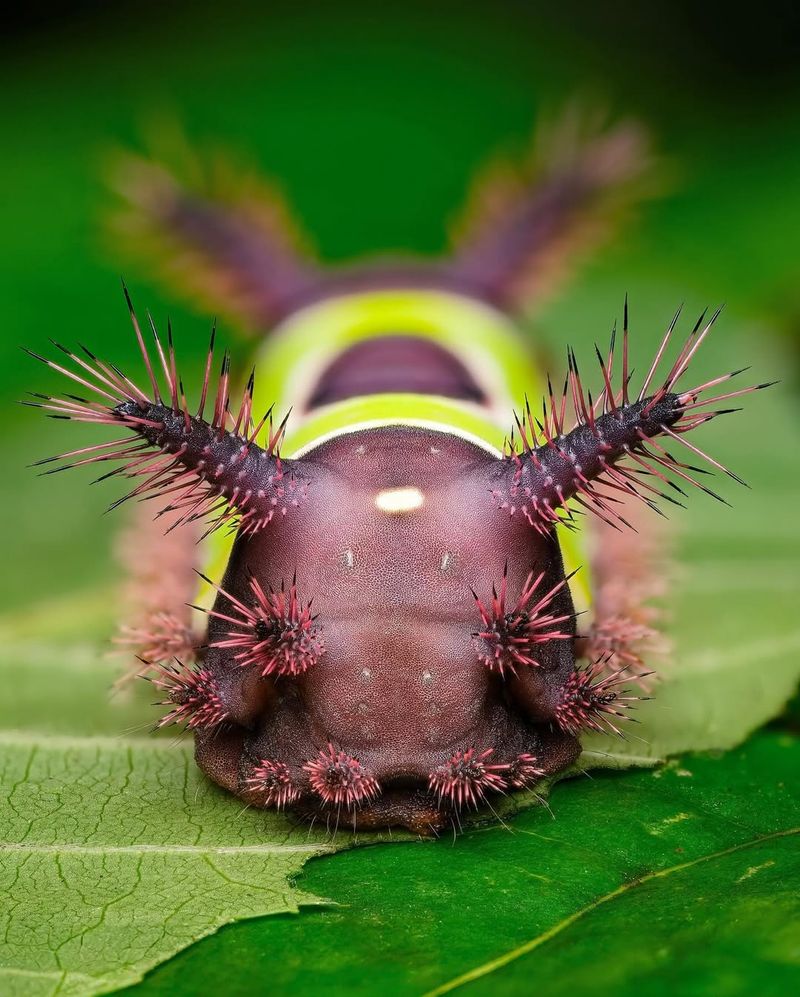Oregon’s natural beauty hides a few sharp edges—literally. Beneath the ferns, along the riverbanks, and under the fallen leaves, some of the state’s most fascinating creatures carry venom as a means of defense.
While encounters are rare, understanding who they are can help you enjoy the outdoors with confidence and care. Here are some venomous creatures to be aware of while exploring Oregon’s wild side.
1. Western Rattlesnake
Rattling its tail as a warning, this snake wants you to know it’s nearby before you accidentally step too close. Found in eastern Oregon’s dry regions, the Western Rattlesnake prefers rocky areas and grasslands where it hunts for rodents.
If you hear that distinctive buzzing sound while hiking, freeze and look around carefully. Back away slowly without making sudden movements. Most bites happen when people try to handle or kill the snake, so your best defense is simply giving it space and letting it slither away peacefully.
2. Hobo Spider
Living up to its wandering reputation, the hobo spider often stumbles into homes during late summer and fall looking for mates. Brown and fuzzy with a herringbone pattern on its back, this spider builds funnel-shaped webs in dark corners, basements, and window wells.
Males are the ones you’ll typically encounter since they roam around more. Though once considered medically significant, recent studies suggest their bites aren’t as dangerous as previously thought. Still, avoid handling them and shake out shoes before wearing them during spider season.
3. Black Widow Spider
With a glossy black body and that infamous red hourglass marking on her belly, the female black widow is Oregon’s most recognizable venomous spider. She builds messy, irregular webs in woodpiles, sheds, and outdoor furniture where she waits for prey.
Males are much smaller and harmless, but females pack neurotoxic venom that can cause serious pain and muscle cramps. Fortunately, these spiders are shy and only bite when threatened or squeezed. Wear gloves when moving stored items outdoors, and always check before reaching into dark spaces.
4. Yellow Sac Spider
Pale yellow or beige in color, this nighttime hunter doesn’t build webs to catch food—it actively prowls for prey after dark. During the day, yellow sac spiders hide in silk tubes they construct in corners, behind pictures, or along ceiling edges.
People often get bitten while sleeping when the spider gets trapped against skin. The bite can cause localized pain, redness, and sometimes a small lesion that heals within a few weeks. Keep your bed away from walls and shake out bedding regularly to reduce unwanted nighttime encounters with these roaming spiders.
5. Western Black Widow
Similar to her eastern cousin but with slight variations in markings, the Western black widow thrives in Oregon’s warmer regions. She prefers undisturbed outdoor spots like garages, barns, and beneath porch furniture where insects are plentiful.
Her venom affects the nervous system, causing muscle pain, nausea, and difficulty breathing in severe cases. Children and elderly people face higher risks from bites. Always inspect outdoor toys, gardening equipment, and camping gear before use. If bitten, seek medical attention promptly, especially if symptoms worsen beyond the bite area.
6. Bald-Faced Hornet
Actually a type of yellowjacket rather than a true hornet, this aggressive insect sports bold white and black markings on its face and body. Colonies build large, gray paper nests that hang from trees, shrubs, or building overhangs throughout Oregon.
Extremely territorial, bald-faced hornets will swarm and sting repeatedly if they perceive threats to their nest. Unlike bees, they don’t lose their stingers and can attack multiple times. Their venom causes intense pain and swelling. Stay at least 10 feet away from any nest you spot, and never attempt removal yourself.
7. Paper Wasp
Long-legged and slender, paper wasps hang upside-down from their distinctive umbrella-shaped nests made of chewed wood fibers. You’ll find these open-comb nests under eaves, deck railings, and porch ceilings across Oregon during warmer months.
Less aggressive than yellowjackets, paper wasps usually only sting when defending their nest or if accidentally grabbed. Their sting delivers venom that causes sharp, burning pain and localized swelling. Multiple stings can trigger allergic reactions in sensitive individuals. Watch for nests when doing outdoor maintenance, and call professionals for removal near high-traffic areas.
8. Yellowjacket
Bright yellow and black stripes make these wasps easy to recognize, especially when they’re buzzing around picnics and garbage cans in late summer. Many yellowjacket species nest underground in abandoned rodent burrows, while others build nests in wall voids or attics.
Notoriously aggressive when disturbed, entire colonies will attack if someone steps on or near their hidden nest. Their smooth stingers allow repeated strikes, injecting venom that causes pain, swelling, and potentially dangerous allergic reactions. Always watch where you step in grassy areas, and avoid swatting at individual yellowjackets, which releases alarm pheromones attracting more.
9. Western Honey Bee
Fuzzy and golden-brown, honey bees are essential pollinators that usually mind their own business while collecting nectar and pollen. Unlike aggressive wasps, bees only sting as a last resort since stinging kills them by tearing away part of their abdomen.
Their venom causes localized pain and swelling at the sting site. Most people experience only minor discomfort, but those with bee allergies can suffer life-threatening reactions requiring immediate medical care. If a bee lands on you, stay calm and let it fly away naturally. Swarms are generally docile when relocating, so call a beekeeper for safe removal.
10. Saddleback Caterpillar
Sporting a bright green body with a distinctive brown saddle-shaped mark in the middle, this small caterpillar looks harmless but packs a painful defense. Venomous spines cover its body, delivering toxins when touched that cause immediate burning pain, swelling, and sometimes nausea.
Found on various plants and trees during summer months, saddleback caterpillars are relatively rare in Oregon but worth knowing about. The pain from their sting can last for hours. If you spot one, admire it from a distance and never let children touch it. Wash the affected area with soap and water if stung, and apply ice to reduce swelling.

